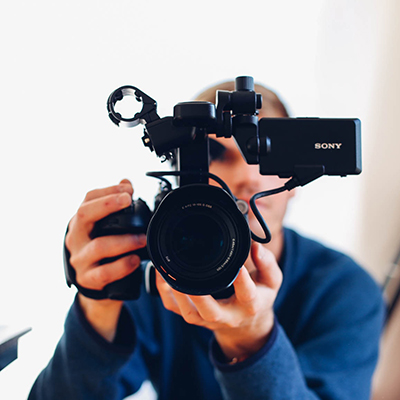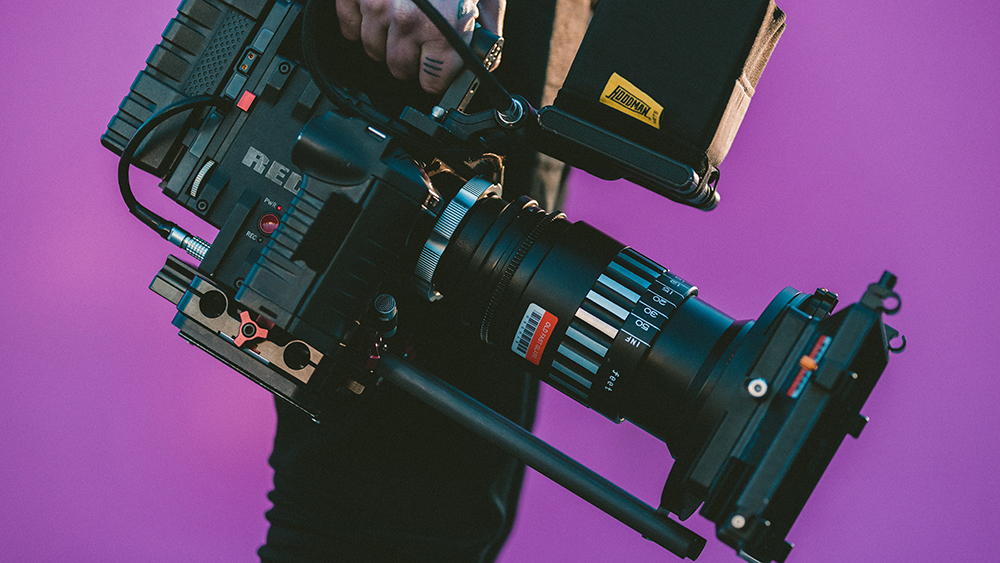If you’re like most people, you’re a visual learner.
Guess what? So are your customers.
People only remember about 20% of what they read, but they remember up to 80% of what they see. If what they see is a video, that number bumps up to 95%.
The takeaway: your brand needs to be using visual content — particularly in your paid ad campaigns. Shoppers are 85% more likely to take action on a product offer after watching a video.
Read on to learn more about the benefits of video and image ads, and what types of campaigns you can feature them in.
Sections
Benefits of Video and Image Ads
Why use image and video ads? Consider these benefits:
- Your ads get a lot more reach. Video and image ads are shown on the Google Display network, which reaches over 90% of all internet users.
- You can remarket to your audience, no matter where they are on the web. Because video and image ads appear on the Google Display network, you can retarget users who previously visited your site or interacted with your content. Since they’ve already expressed interest, these people are more likely to ultimately convert.
- Your ads get more clicks. Images produce 650% more engagement than text alone, and video generates 1200% more shares. More engagement means more awareness, more traffic, and more conversions.
- You’ll enjoy better overall performance. With Smart Display campaigns, you can use Google’s automated targeting and bidding strategies to drive more clicks and sales.

Where Can You Place Image and Video Ads?
Image and video ads only be used in Display and Discovery campaigns. They can’t be used in your traditional search campaigns.
Here’s an overview of the different image and video ad types and where they can be shown.
Image-only ads
With responsive display ads, you can leverage Google’s automation to quickly build and optimize your ad campaigns at scale. You upload a handful of headlines, your logo and images, and Google will create ads for you that are designed to meet your goals. In addition to using your own images, you can select from Google’s free media library.
Thanks to Google’s machine learning capabilities, responsive display ads are powerful. But, if you want more control, you can manually create your own display ads, known as uploaded display ads. Uploaded images can be big or small, ranging from a full-page ad to a small banner ad.
Video-only ads
Video ads are shown across YouTube and the Google Display Network. Video ads can use a number of formats, skippable and non-skippable, and may appear at the beginning, during, or end of a video. They can also show up in YouTube search next to other videos. Finally, they range in length, too, from 6 seconds to 6 minutes.
Image and video ads
Gmail ads are an option with Discovery campaigns, which serve ads across Gmail and other Google properties, including YouTube and Discover. The Discovery network reaches 3 billion people (yes, that’s a b). Gmail ads initially appear in a collapsed form in the Promotions and Social tabs of Gmail inboxes. When clicked, they expand like an email, and can include images and videos.
Remember: Google isn’t your only option for image and video ads. You’ve also got the social advertising powerhouses of Facebook and Instagram. Learn more here.
Ready to Get Started with Video and Image Ads?
There’s no two ways about it. Video and image ads convert better than plain text. If you’re running paid search campaigns, you need to be running video and image ads.
Make sure your ads perform as well as they possibly can. Contact the digital ad pros at Your Marketing People.







